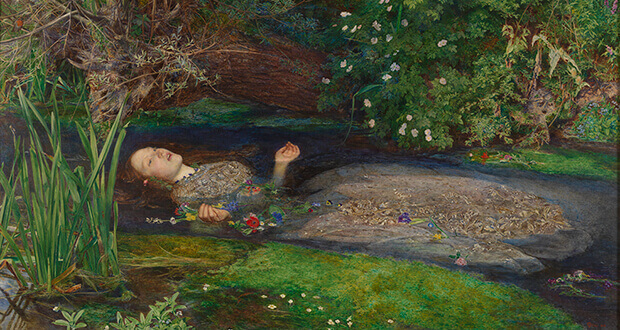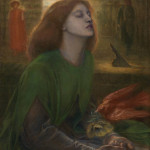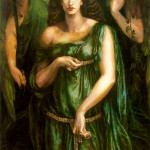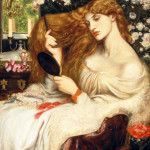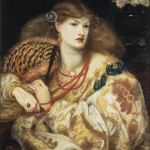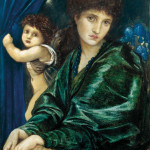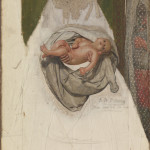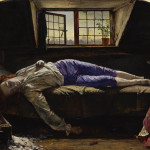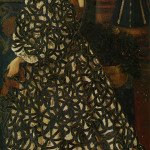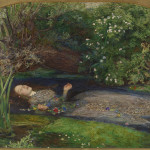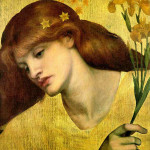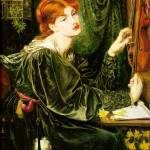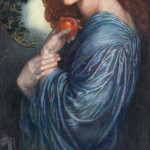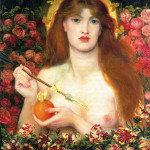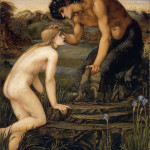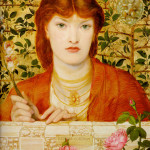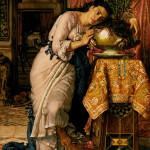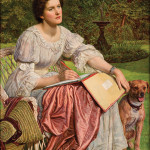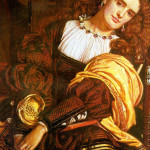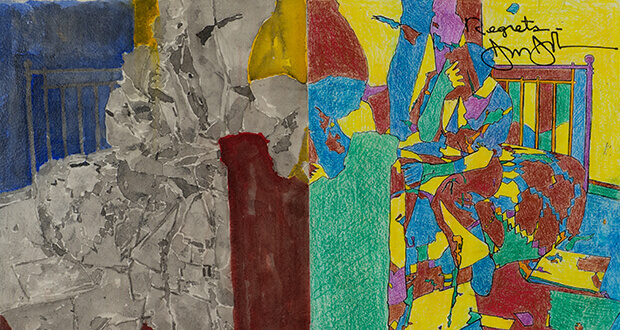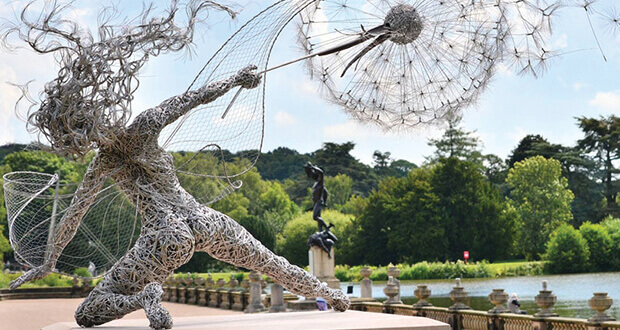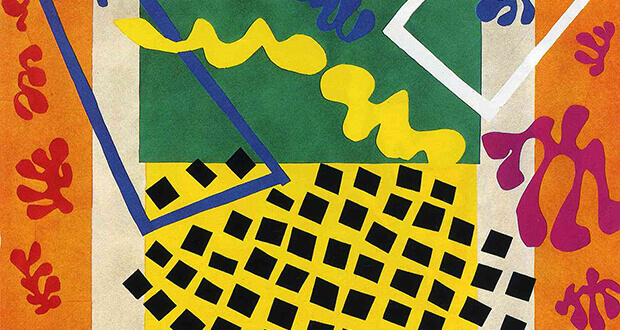Palazzo Chiablese, Turin
Until 13th of July 2014
After a worldwide tour of two years (from Tate Gallery to Washington, then Moscow and Tokyo), the seventy masterpieces of the Pre–Raphaelites have decided to add a new and last stop in Turin, in the new space of Chiablese Palace.
Inspired by Shakespeare, Bible, Nature and colored by a poetical, introspective and spiritual lexicon, the new and innovating movement was built by Pre–Raphaelites, urged by an overturn of the academic rules of the Victorian Age. In 1848, three rebellious young artists from the Royal Academy of Art in London,
John Everett Millais, Dante Gabriel Rossetti, William Holman Hunt, formed a secret society and called themselves the Pre-Raphaelite Brotherhood.
The group criticized the unnatural, dramatic qualities of Raphael Sanzio’s(1483-1520) Transfiguration (1518-1520, Vatican Museums). The three young pupils wanted a return to an art of the same shape of the art before Raphael, free from the academic mannerism. Art from Italian primitives, especially the medieval one, is the artistic model searched by the three artists to express their orientation to independence and authenticity.
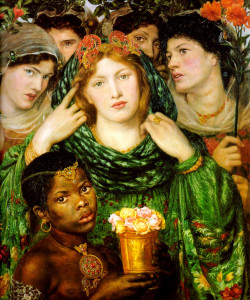
The Pre-Raphaelite Brotherhood started an art revolution while the English world was suffering another revolution, the industrialization; they revolutionized the aesthetic standard of beauty introducing a new way of painting, with a poetical conception and a reflective way of seeing Nature. They wanted to depict Nature in an authentic and direct way, showing its fascinating seduction, suggesting a new idea of beauty, a utopian beauty.
The Pre-Raphaelites were very demanding about the concept of beauty and were supported by the writer, poet and art critic John Ruskin and by poets like Baudalaire, Keats, Tennynson e Blake, who shared the same urge of revolution.
The female figure surrounded by a lush, meticulous and realistic Nature, stands out in the Pre-Raphaelites paintings; both women and nature are the keys to understand their fairy and intangible vision.
Important was the role of female models, irreplaceable muses, depicted as immortal entity.
In the rave research of Utopia strong>Christina, Annie, Jane, Elizabeth, even if looking different, started to resemble each other and become a unique entity with the surrounding Nature. The beauty expresses the dark side of decadence. The utopia consists of unreachable pureness.
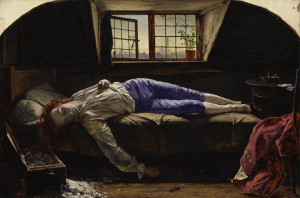
Far from the pompous Renaissance of Raphael, the natural Pre-Raphaelite style celebrates the beauty for the beauty, free from any other purposes.
The surprising sincerity of painting with brave realism shocked the community of that time that felt that nature as “vulgar”.
We can see on the sketches kept at the Tate Gallery of London that the most loved muse was Elizabeth Siddal, a young tailor from London, first faithfully portrayed by Millais in Ophelia then used for inspiration by Dante Gabriel Rossetti, her future husband.
The woman suffered from depression and was the protagonist of most of the Rossetti’s portraits, depicted in her gloomy beauty, fragile and pure at the same time.
Likewise the Pre-Raphaelites, also the concept of beauty of Rossetti will undergo many changes in the paintings. The fainting woman with a swan neck, adorned by long and soft red hair, half-sleeping, become more and more lost in her risqué thoughts. Women with ambiguous beauty, even satanic, with turgid lips, take the place of a nocturnal lady.
Rossetti transformed the figure of woman into an idol: more impressive, sensual, pompous, with a less celestial physical presence as in Astarte Syriaca, halfway from the sweet face of Siddal and the masculine one of his lover Jane Millais.
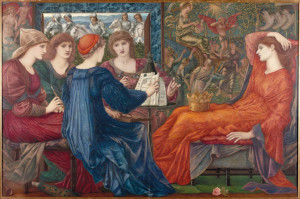
The exhibition underlines the role of Dante Gabriel Rossetti in the Brotherhood and his beloved women, displaying some of his masterpieces, such as Beata Beatrix , The Beloved, Monna Vanna, Queen
Cordium and the famous Proserpina. The catalogue comprises of 150 masterpieces like paintings, sculptures, photographs, illustrating with riches of information the polyhedral impact and influence of Pre-Raphaelite creativity.
The art show consists of seven sections: History, Religion, Landscapes, Modern Live, Poetry, Beauty and Simbolism. There is also an interesting video by Luca Beatrice that analyzes the Brotherhood influence on the Western culture, from gothic to dark age, starting from the 80’s: in fashion (Vivienne Westwood, Alexander McQueen), in movies (Tim Burton, Francis Ford Coppola) and most of all in music (Joy Division, Bauhaus and The Cure “Lullaby, from alum Disintegration, might sound as a soundtrack for the exhibition ” – said Beatrice).

